My photography is about people but often without people – stories in objects and surroundings about their lives and lifestyles.
Nagasaki (city) is a historically famous port. The only place in Japan to allow foreigners entry for trade (albeit to a small controlled island ‘Deshima’) for three centuries. The Portuguese brought new cuisine (‘Tempura’ – food in batter – and ‘Castella’ – a type of pound cake), the Spanish brought Christianity, but the Dutch and British were were more interested in making money so traded without religious connections. The city also has a strong historical connection with photography: Ueno Hikoma’s father brought the first camera (daguerreotype) to Japan and Ueno became a famous portrait photographer and teacher in the 19th century. His reputation became widespread and in addition to many famous and senior Japanese he photographed Ulysses S Grant and Tsar Nicholas II.
Closer to my personal interests, Nagasaki has access to a variety of fresh seafood, good restaurants and izakaya, and an interesting drinking area. In contrast to the area near Tamachi in Tokyo, the Shianbashi area in Nagasaki hides a rabbit warren of poorly lit, very narrow covered alleyways and hints at a darker side to Japanese life. Many of the tiny izakaya are known only to locals, suggestive of lonely individuals seeking solace rather than salaryman group parties, and possibly underworld connections. Maybe I’m being pessimistic – behind these close doors there might be innocent fun by friendly locals (primarily men). But a closer connection to a less salubrious side of life, possibly with yakuza (Japanese mafia) involvement, is not far away. “Girls bars” for a fee offer conversation and the hint of more with young and not so young ladies. Such bars are generally easy to spot but sometimes you may come across more cryptic and sophisticated signs with little indication of what is behind the door. These higher priced establishments are geared to Japanese nationals or fluent Japanese speakers.
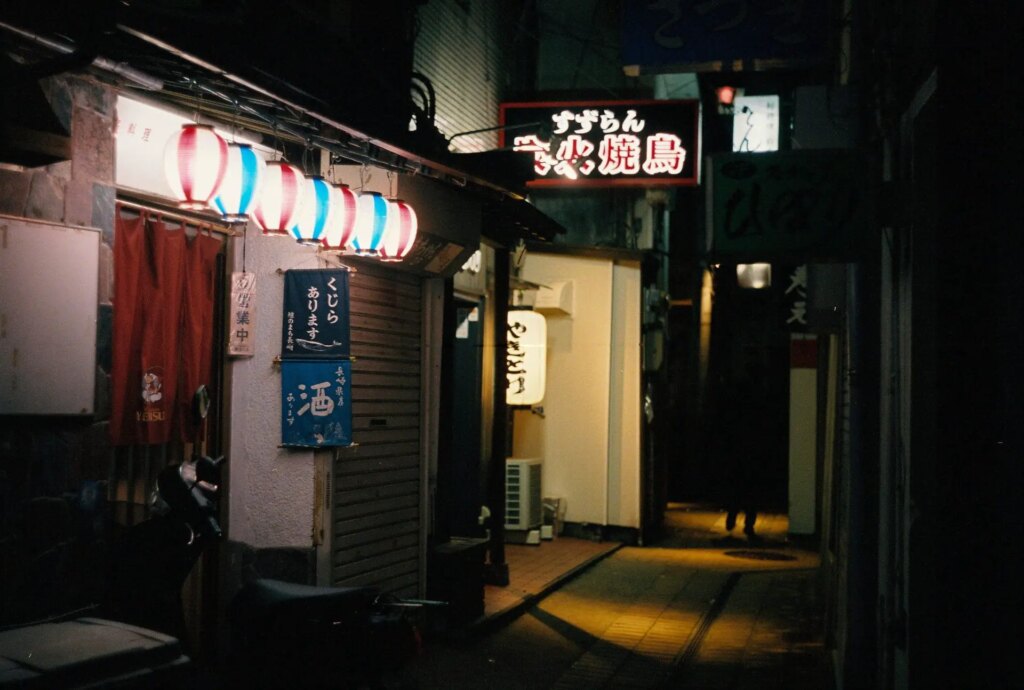
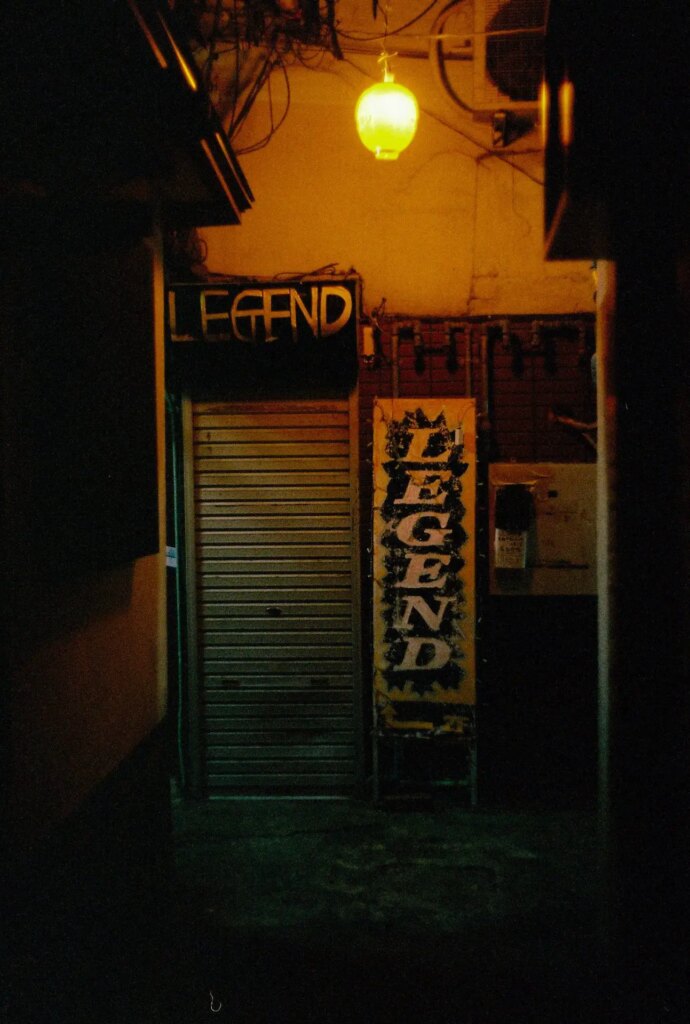
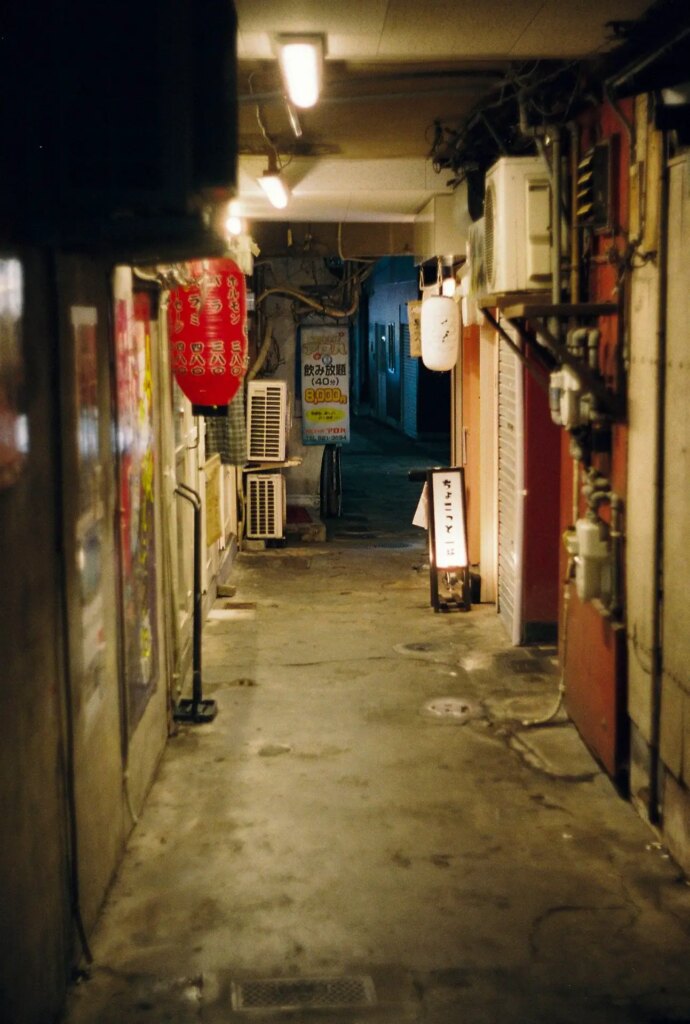
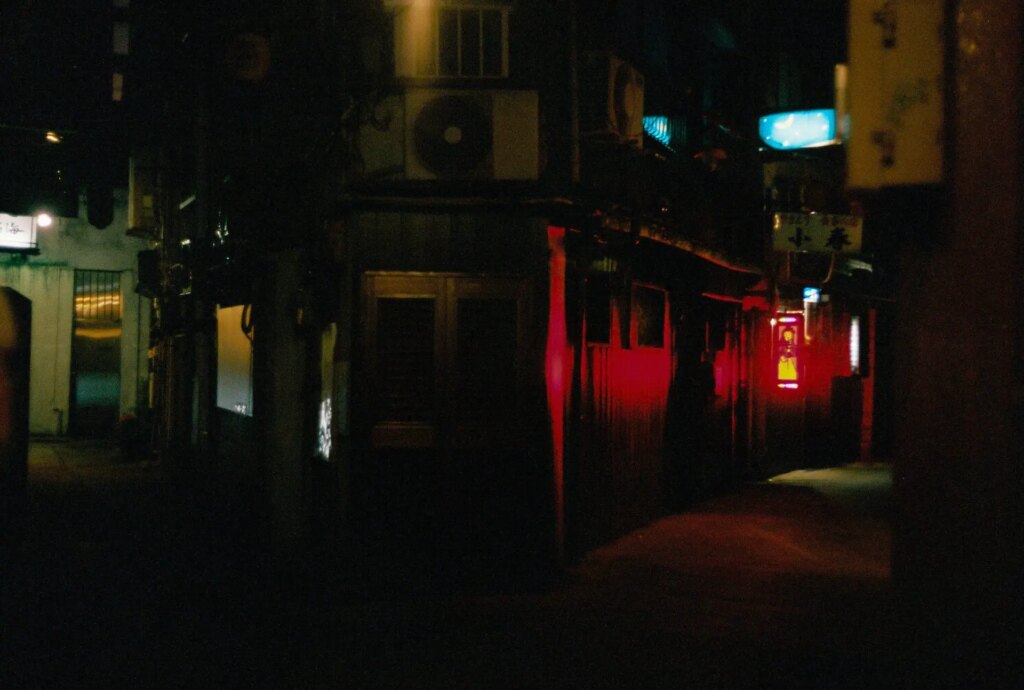
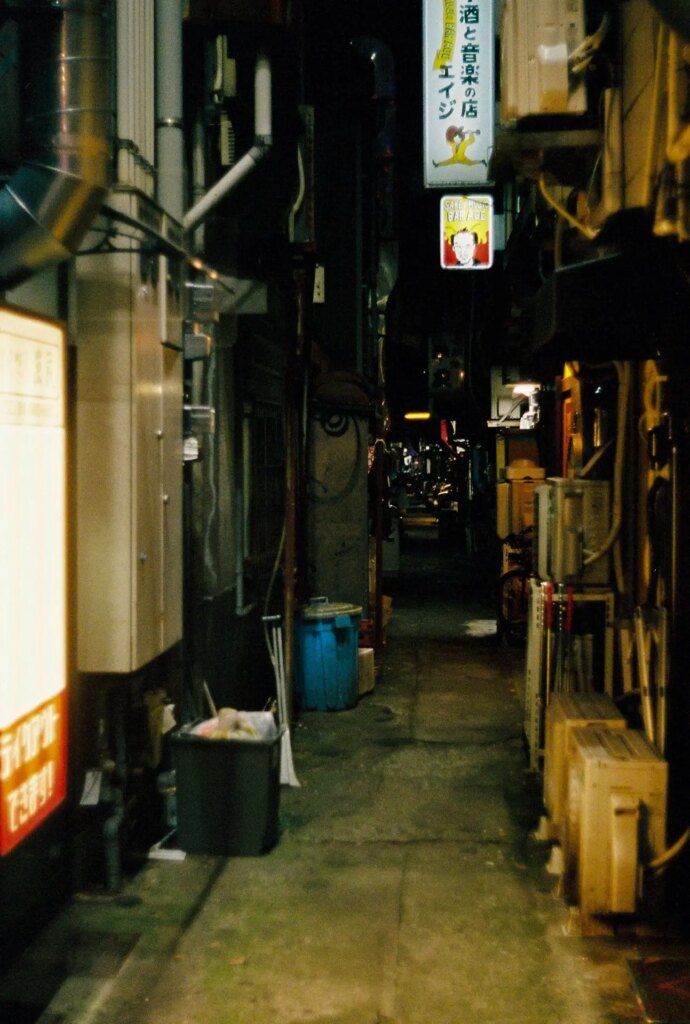
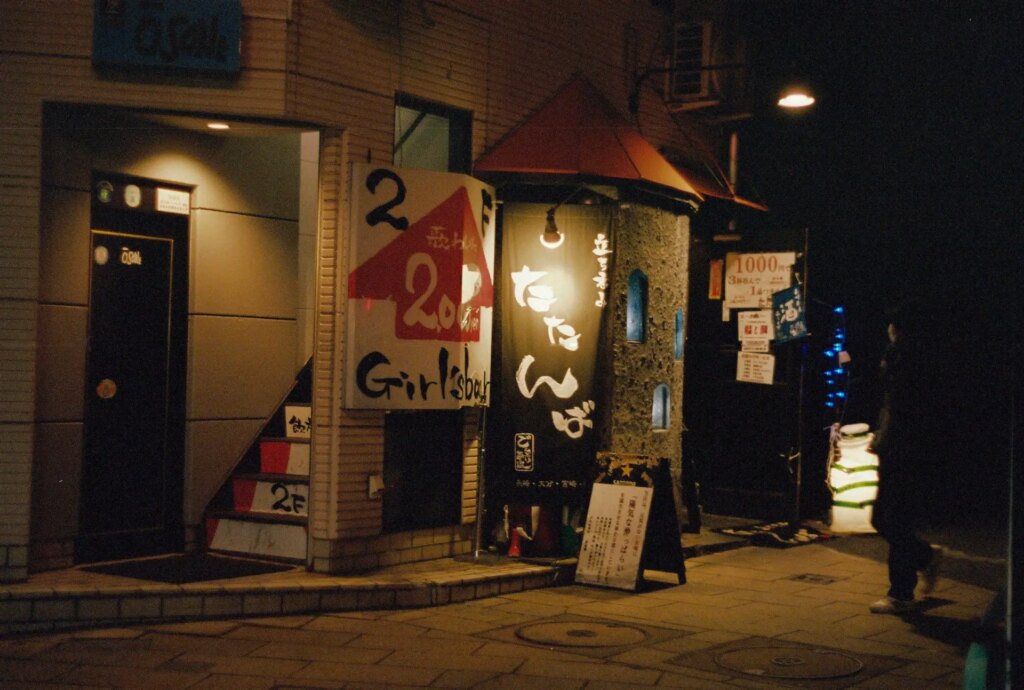
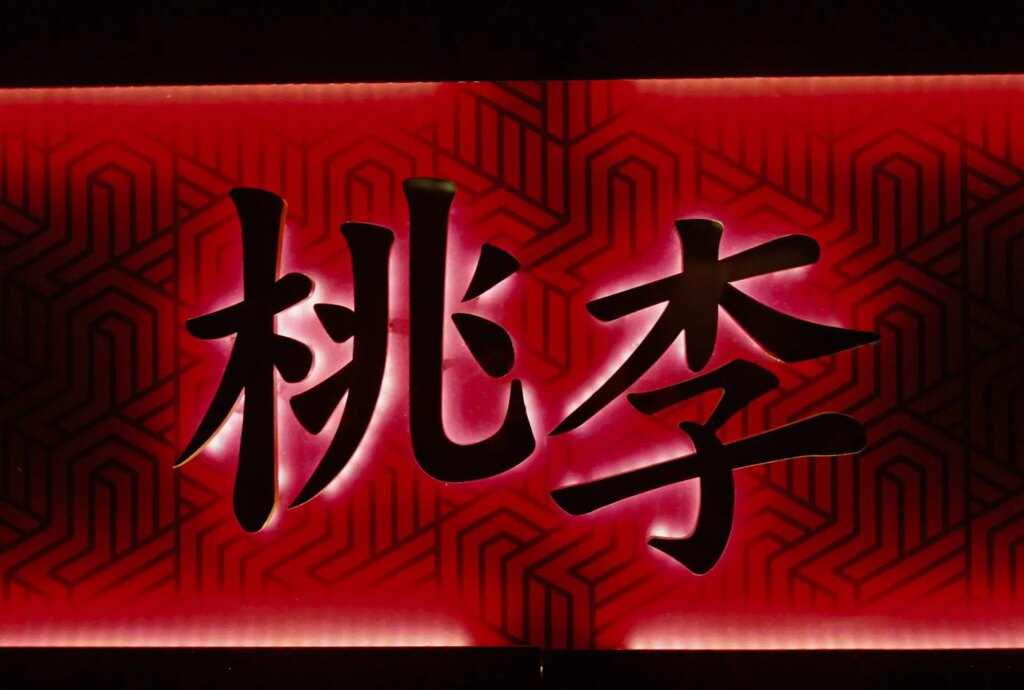
For this series I chose the Leica iiig with a Summitar lens, and Portra 400. As before I shot handheld at f4 to get some depth of field with exposure times down to 1/8th of a second. I very much like the softness and imperfection of night shots on film rather than the clinical result that comes from digital.
Share this post:
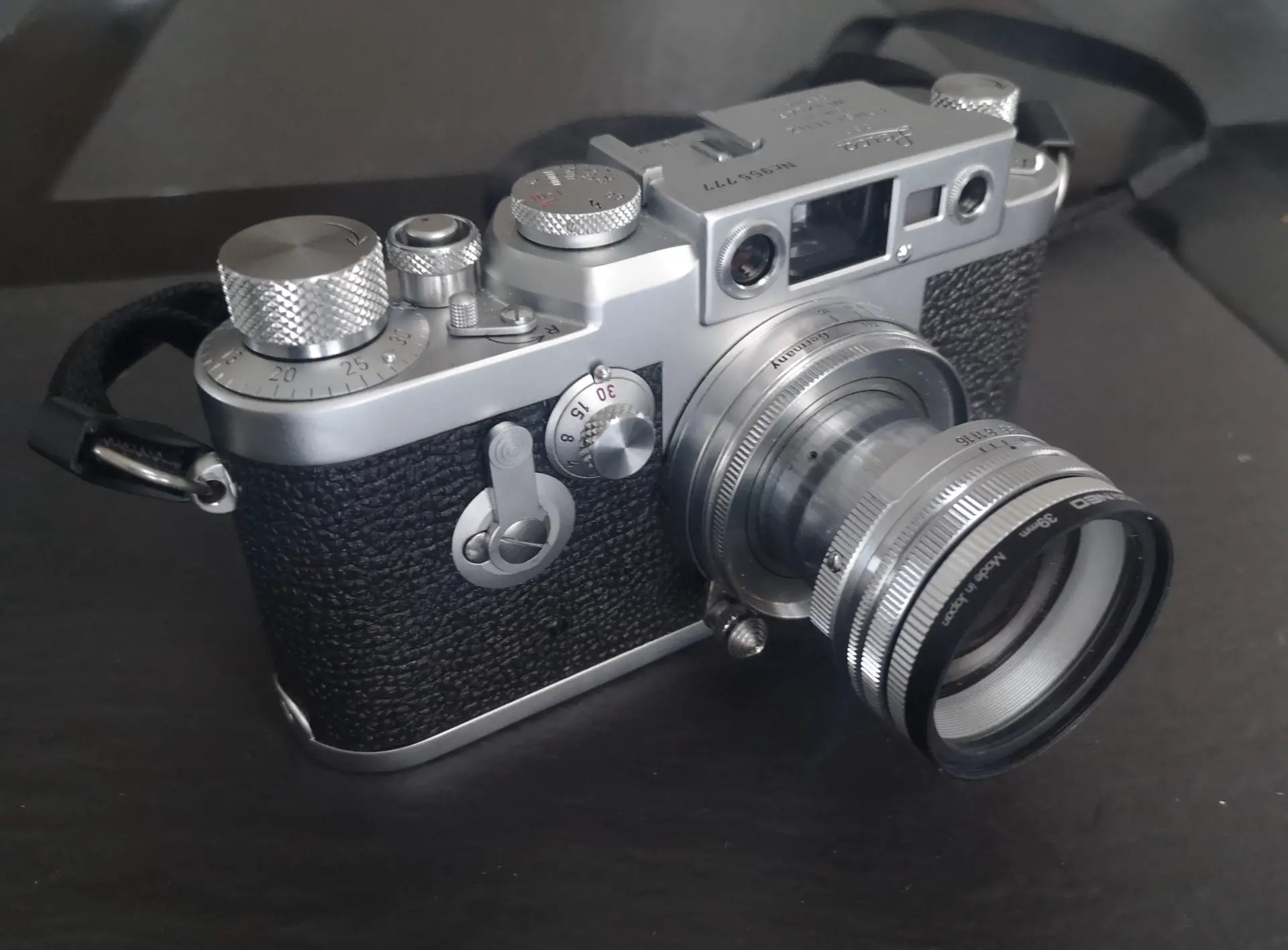








Comments
Kevin Lord on Drinking districts in Japan II – Nagasaki with a Leica iiig, 50mm Summitar and Portra 400
Comment posted: 15/04/2023
And then there is the food.
Comment posted: 15/04/2023
Aad on Drinking districts in Japan II – Nagasaki with a Leica iiig, 50mm Summitar and Portra 400
Comment posted: 15/04/2023
Comment posted: 15/04/2023
Gary on Drinking districts in Japan II – Nagasaki with a Leica iiig, 50mm Summitar and Portra 400
Comment posted: 16/04/2023
Comment posted: 16/04/2023
Gus on Drinking districts in Japan II – Nagasaki with a Leica iiig, 50mm Summitar and Portra 400
Comment posted: 17/04/2023
Inspiration to push my limits a couple stops! Lovely photos.
Comment posted: 17/04/2023
Yuze Chen on Drinking districts in Japan II – Nagasaki with a Leica iiig, 50mm Summitar and Portra 400
Comment posted: 02/05/2023
Btw "Peach Season" would've been "桃季" and "桃李" actually means "Peach and Plum" which is a metaphor for students educated and nurtured by a teacher. Not sure if it has any connection with what's inside though. Thanks for sharing!
Comment posted: 02/05/2023